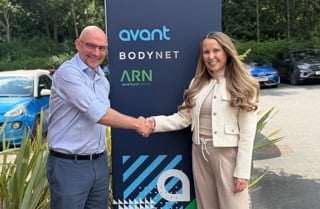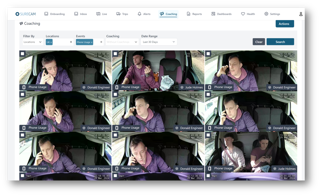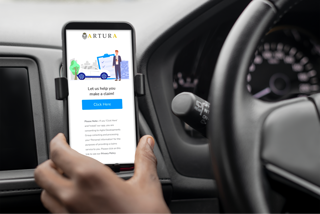A robust approach to accident/incident management is essential to help a fleet cut costs as well as keeping vehicle and employee downtime to a minimum.
The cost of repairs has risen sharply in recent years, partly down to the increasing costs of vehicle parts driven by difficulties in obtaining parts post Brexit, while Russia’s invasion of Ukraine has also had a negative impact.
However, it has also increased because there are now few simple repairs in modern vehicles.
With so many different and interlinked electronic components within vehicles, any reasonably significant prang is likely to see many parts needing to be replaced.
As an example of how costs have risen, analysis by insurance company QBE found the average cost of a repair in 2022 was £2,978, £421 more than in 2021 and £985 more than in 2013.
The cost of repairs can be mitigated if incident management providers employ IMI-accredited repair specialists who will scrutinise quotes to ensure the work carried out is appropriate and the pricing is reasonable.
However, the actual cost to repair the vehicle does not tell the whole story. There are other expenses a fleet will incur after a collision, such as credit hire – when a temporary replacement vehicle is provided by a credit hire organisation (CHO) in the event of a non-fault road traffic accident, and the CHO funds the car hire while the vehicle is being repaired.
The CHO will then claim the hire charges back from the at-fault party’s insurer.
This is vastly more expensive than the at-fault party sourcing a replacement rental vehicle itself, while this cost also rack up the longer the repair takes.
One effective way to minimise this cost is by reporting any incident as quickly as possible: this initial report is known as first notification of loss (FNOL).
Failing to report the crash and capture incident information promptly affects the entire claims journey, from validation, deployment of services and cost control of areas such as protracted vehicle repairs and costly hire car rates, to unpredictable personal injury claims and legal fees, as well as fraud.
If there is a collision including a third-party, a fleet driver should get their name, address, phone number, vehicle registration number and insurance details. Taking photographs of the scene also provides a useful record.
The fleet driver should then either telephone service their employer’s accident management company which will then take up the claim, while many suppliers offer smartphone apps which make immediate reporting convenient for the driver and ate easy to use when a driver is stressed by the event.
As soon as possible after the incident, it is important the fleet manager or other relevant individual interviews the driver, while balancing the necessary questioning with the mental and physical welfare of the individual: this always comes ahead of the vehicle.
Incident prevention
Part of accident management should also be accident prevention, and a robust safety and driver policy should be in place to enhance this.
Technology such as telematics can be used to alert fleet managers to habits such as sudden braking, speeding or too much time on the road, leading to fatigue. Collisions can often be caused by stress and/or personal problems.
All this information can often be used as a basis for writing safety policies and training strategies.
Finding the right accident management supplier
The potential cost of a collision means it is important – for fleets which outsource accident management – that not only is the right provider is selected, but the benefits of any relationships are maximised.
The cost can be mitigated if accident management providers employ IMI-accredited repair specialists who will scrutinise quotes to ensure the repairs are appropriate and the pricing is reasonable.
If FNOL is a priority for a fleet, its chosen partner should be able to help review processes, maximise use of technology and develop communication tools to support drivers.
Once those foundations have been established, service level agreements (SLAs) can be aligned to fleet goals and you can set review dates to establish they have been achieved.
Fleet managers should also check what visibility they will have of performance levels and whether that is through a real-time self-service dashboard or a regular reporting schedule.
Communication is essential and should start with introductory calls from the new accident management supplier to main stakeholders.
As well as receiving regular reports from the supplier, it is important an organisation keeps its accident management partner informed about its fleet priorities and investments as this will allow them to review and improve the service they deliver.
It is also important a supplier continues to invest in technology because tools continually develop and it is essential to keep up.
These days, most accident management companies provide a 24-hour service, which helps moderate what is usually a distressing situation.
Employee wellbeing has always been important so it is important your supplier has a strong record of good customer care; this might include people with training in handling sensitive situations.





















Login to comment
Comments
No comments have been made yet.